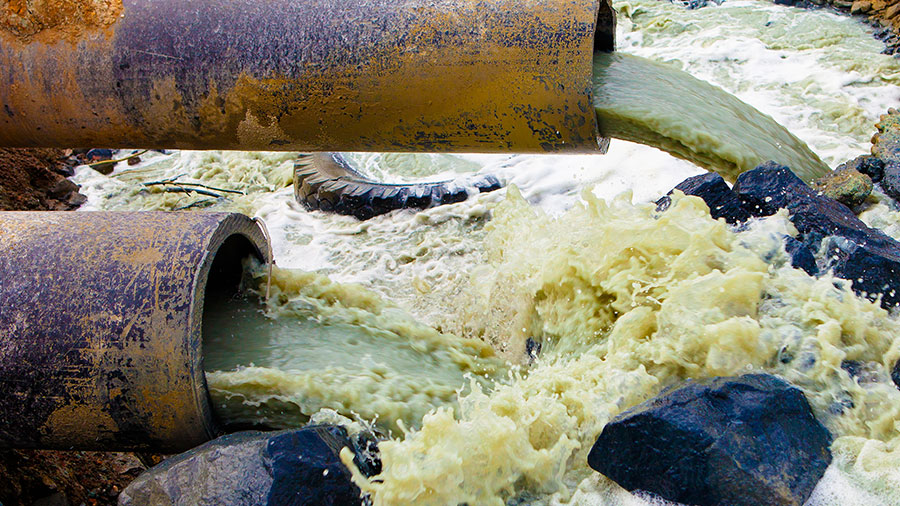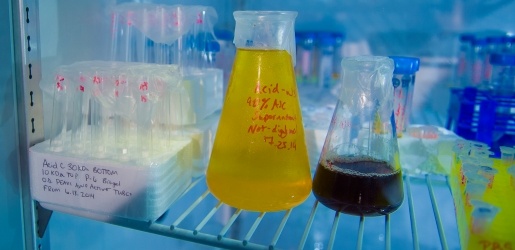Top Liquid Waste Disposal Melbourne: Trusted Providers for Appropriate Waste Management
Top Liquid Waste Disposal Melbourne: Trusted Providers for Appropriate Waste Management
Blog Article
How Fluid Garbage Disposal Functions: An In-depth Overview of Strategies and Technologies Utilized

Overview of Fluid Waste Types
The intricacy of fluid waste kinds necessitates a detailed understanding of their qualities and ramifications for disposal. Liquid waste can broadly be categorized right into numerous kinds, including commercial, municipal, agricultural, and contaminated materials. Each classification exhibits distinct residential or commercial properties, requiring certain management approaches to alleviate ecological and health risks.
Industrial liquid waste originates from manufacturing procedures and often consists of a series of pollutants, such as heavy metals, solvents, and organic substances. Metropolitan liquid waste, mostly comprising wastewater from homes and commercial establishments, includes organic issue, nutrients, and pathogens (industrial wastewater treatment). Agricultural liquid waste, including runoff from ranches, may have plant foods, chemicals, and animal waste, positioning risks to water high quality and communities
Unsafe liquid waste is characterized by its poisoning, reactivity, or potential to create damage. Comprehending these diverse fluid waste types is vital for establishing efficient disposal approaches and making sure conformity with environmental laws.
Physical Therapy Methods

Screening is the first step, where bigger fragments and particles are eliminated from the liquid waste making use of screens or grates. This process safeguards downstream equipment from damages and ensures smoother operation. Adhering to testing, sedimentation utilizes gravitational force to separate solids from fluids. In sedimentation containers, larger particles work out near the bottom, forming a sludge layer, while the cleared up liquid can be additional dealt with.
Purification is one more important technique that involves passing the fluid via permeable materials, such as sand or membranes, to capture smaller fragments. This action boosts the high quality of the liquid, making it appropriate for succeeding therapy processes.

Chemical Therapy Techniques
Chemical therapy strategies are important for properly managing liquid waste, especially in addressing dissolved and colloidal impurities that physical techniques might not effectively remove. These techniques use numerous chemical agents to neutralize, precipitate, or change dangerous materials into less unsafe forms.
One typical technique is coagulation and flocculation, where chemicals such as alum or ferric chloride are included in promote the aggregation of suspended bits. This process improves sedimentation, enabling easier elimination of the resulting sludge. Furthermore, oxidation procedures, employing representatives like chlorine or ozone, are utilized to damage down complex natural substances and pathogens, rendering the waste more secure for discharge or here further treatment.
Neutralization is another critical method, which adjusts the pH of acidic or alkaline waste streams to neutral levels, protecting against prospective damage to downstream systems and the environment. Additionally, advanced oxidation procedures (AOPs) utilize combinations of oxidants and ultraviolet light to break down consistent contaminants, achieving a higher degree of therapy effectiveness.
Biological Therapy Procedures
Organic therapy processes play a crucial duty in the monitoring of fluid waste by making use of microbes to break down natural issue and lower contaminant degrees. These processes can be generally categorized right into anaerobic and aerobic therapies, each utilizing specific microbial communities to accomplish efficient waste degradation.
Cardiovascular treatment involves making use of oxygen to assist in the breakdown of natural products by microorganisms. This process is frequently carried out in activated sludge systems, where aeration containers offer a favorable environment for microbial development, causing the oxidation of natural toxins. The resultant biomass can be separated from dealt with effluent via sedimentation.
On the other hand, anaerobic therapy happens in the lack of oxygen, depending on various bacteria to damage down More Help natural matter. This method is especially beneficial for high-strength waste, as it generates biogas, a renewable resource resource, while reducing sludge production. Technologies such as anaerobic digesters are frequently utilized in metropolitan and industrial applications.
Both cardiovascular and anaerobic organic you can try these out therapies not only reduce the ecological effect of liquid waste yet likewise help with source recovery, making them essential parts of sustainable waste administration approaches. Their efficiency, efficiency, and adaptability sustain their extensive implementation throughout different sectors.
Arising Technologies in Disposal
Ingenious strategies to liquid waste disposal are rapidly progressing, driven by developments in technology and an enhancing focus on sustainability. Among these arising innovations, membrane layer bioreactors (MBRs) have actually acquired traction for their capability to combine organic therapy with membrane layer filtration, resulting in top notch effluent that can be recycled in different applications. MBRs enable smaller sized impacts and a lot more efficient operations contrasted to typical systems.
An additional encouraging development is making use of anaerobic digestion integrated with nutrient recuperation modern technologies, which not only deals with fluid waste however also creates biogas and recovers beneficial nutrients like nitrogen and phosphorus. This dual benefit improves source efficiency and reduces ecological impact.
Furthermore, progressed oxidation procedures (AOPs) are being taken on for the destruction of complicated natural contaminants. These methods utilize effective oxidants and stimulants to break down contaminants at the molecular degree, providing an extremely effective option for tough waste streams.
In addition, the integration of artificial intelligence and artificial intelligence in waste management systems is optimizing operational performance and predictive upkeep, resulting in lowered costs and improved environmental compliance. These technologies mirror a considerable change towards even more reliable and lasting fluid waste disposal techniques.
Final Thought
In final thought, efficient fluid garbage disposal necessitates a thorough understanding of various strategies and innovations. The integration of physical, chemical, and organic therapy techniques ensures the effective management of varied waste kinds. Additionally, the emergence of innovative modern technologies improves therapy efficacy and advertises sustainability in waste monitoring methods. By constantly advancing these approaches, it comes to be feasible to address the expanding obstacles connected with fluid waste, eventually adding to environmental management and source healing.
Liquid waste disposal is an important facet of environmental management, requiring an extensive understanding of various techniques and technologies customized to various waste kinds. Fluid waste can extensively be categorized into numerous types, including industrial, metropolitan, farming, and hazardous waste. Agricultural liquid waste, including overflow from farms, might have fertilizers, chemicals, and pet waste, presenting risks to water top quality and ecological communities.
Different physical therapy approaches play a crucial duty in taking care of fluid waste properly - industrial wastewater treatment.In conclusion, reliable liquid waste disposal necessitates an extensive understanding of different techniques and technologies
Report this page